How to Heal a Popped Pimple Quickly and Safely in 5 Easy Steps
November 29, 2022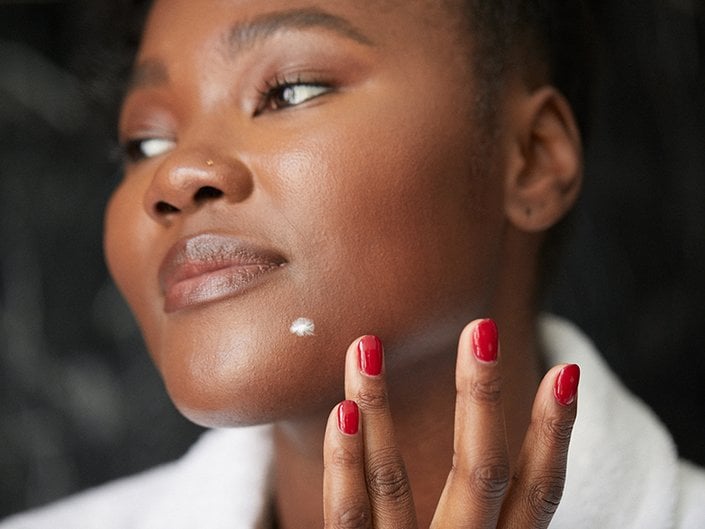
Most of us know that popping a pimple is considered a no-no in the world of skincare. But if we’re being honest, we all give into temptation and pick a pimple from time to time. For some of us, picking at our skin is a tough compulsion to break, even if we know the damage our skin can incur from it. Because no matter what, once you’re done picking and prodding at a pimple, you’re going to need to do some damage control to heal the red, angry spot that you’re left with and prevent it from turning into a scar.
Here, we spoke to two skincare experts to find out how to deal with the aftermath of a popped pimple and how to speed up the healing process.
Why You Should Never Pop Your Pimples
By picking at your skin, you risk cross-contamination of bacteria (think about how many germs are on your hands and underneath your fingernails), possible infection and the potential for visible scarring. What’s more, popping pimples may even push some of the contents of the clogged pore deeper into the skin, which can increase inflammation and lead to more breakouts.
“A popped pimple is basically an open wound that needs to heal,” says Jennifer Weiss, a dermatology PA at Marmur Medical. Think of popping a pimple like picking a scab — the more you prod at it, the longer it will take for your skin to heal.
If you’re looking for ways to heal your pimples, reach for an acne-fighting spot treatment. Spot treatments contain anti-acne ingredients that can help reduce the appearance of blemishes over time. They may not work overnight, but they can be incredibly effective with continued use. We like the Vichy Normaderm S.O.S. Acne Rescue Spot Corrector, which dries up existing blemishes and fights new ones from forming.
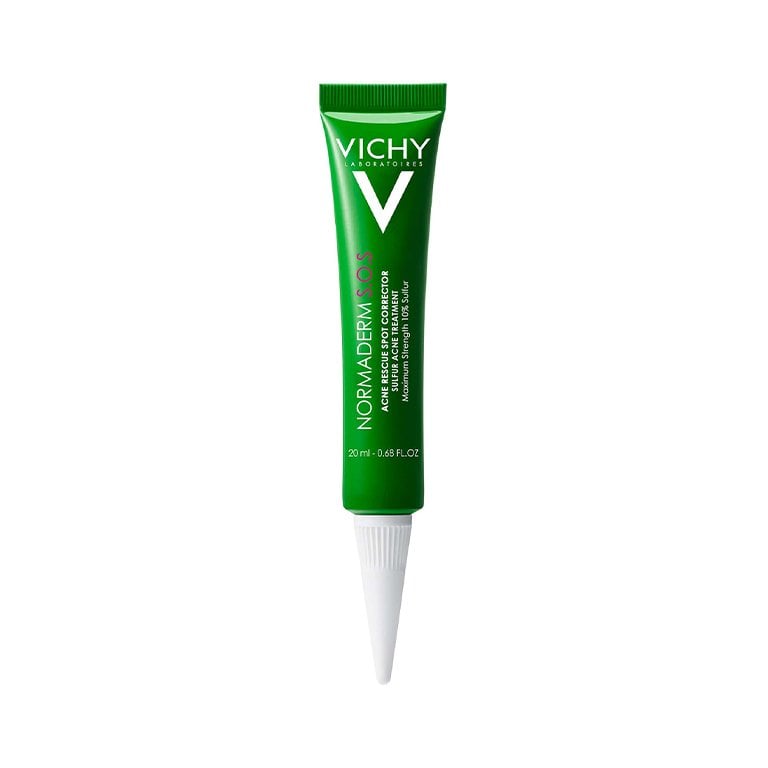
How Long Does It Take for a Popped Pimple to Heal?
Weiss says that if you pop a pimple, it usually takes about two weeks for the wound to heal, although acne scars and marks can persist for longer. Compare that to an unpopped pimple, which will typically resolve itself within three to five days, and it’s clear why it’s best to leave your breakouts untouched. Be warned, however, that some deep pimples will still take weeks to heal, even if you don’t pop them.
What to Put on a Popped Pimple
Once you’ve popped a pimple (which you should really avoid at all costs!), less is more when it comes to applying any product. “To promote healing, it’s best to only use gentle products on the skin, excluding anything exfoliating that contains acids,” says Weiss. That means putting down the spot treatments and anti-acne products. Instead, she recommends icing occasionally to calm swelling and applying an antibacterial ointment twice a day to speed up healing. Hydrocolloid pimple patches will also help keep the affected area clean and keep you from re-popping or picking at the wound.
“Lastly, make sure to continue sunscreen use to minimize the risk of any hyperpigmentation or scarring,” says Weiss. We especially like the SkinCeuticals Daily Brightening UV Defense Sunscreen SPF 30 for its ability to brighten and even out the skin.
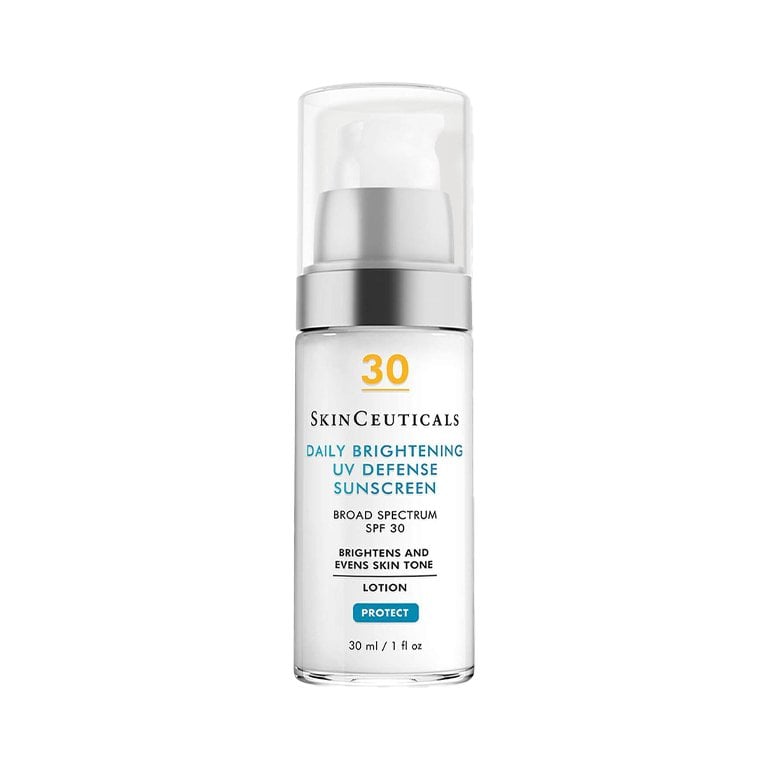
How to Reduce Redness After Popping a Pimple
It’s common to still see a red or purple spot after you’ve popped a pimple. To ease redness, look to soothing skincare products with anti-inflammatory ingredients like green tea and aloe, and apply them as a spot treatment. Dr. Marmur recommends the MMBalance Serum and red light therapy from the MMSphere2GO for 20 minutes a day, for seven days. The SkinCeuticals Phyto Corrective Gel is another great option — it’s a soothing gel serum with a blend of botanical extracts and hyaluronic acid that visibly reduces redness.
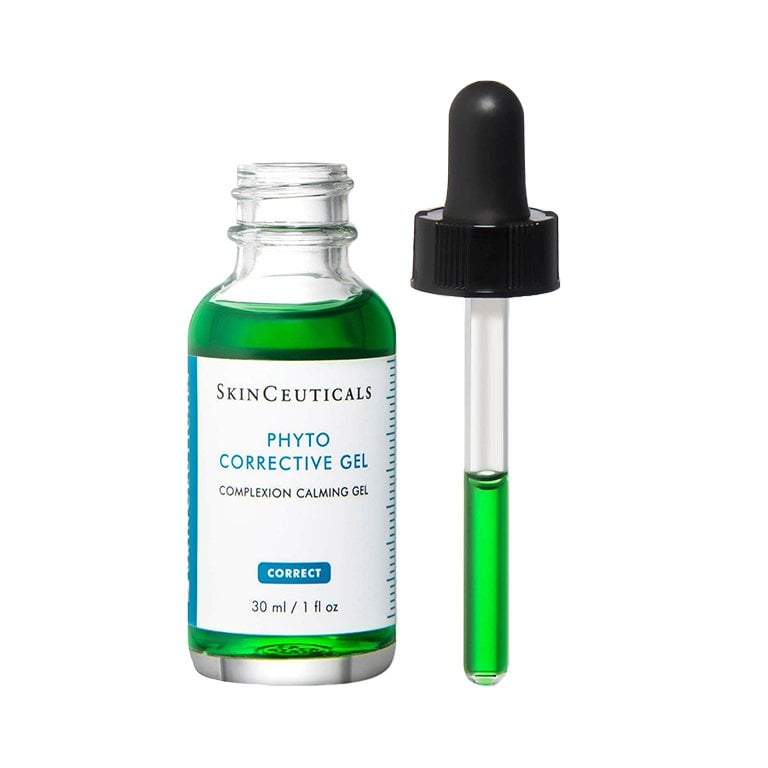
How to Prevent Scarring After Popping a Pimple
Dr. Marmur warns against picking, re-popping or attempting to dry out the pimple with acids — basically, keep your hands off for a while and focus on cleanliness and hydration. A hydrocolloid pimple patch will help hydrate the area and protect it from any grime, plus it will deter you from touching the pimple. Applying an antibacterial ointment twice a day will also help seal in moisture and encourage a smooth healing process.
How to Heal a Popped Pimple in 5 Easy Steps
What should you do after you pop a pimple? Well, the area around your blemish may appear irritated immediately after you pick at it, but there are ways to speed up the healing process. Before you panic, follow these steps:
1. Cleanse Your Skin
When the skin around the blemish is broken, it can be more susceptible to unwanted bacteria. Cleanse your skin immediately, as well as every morning and night (whether you have a pimple present or not) to ensure that you’re removing surface debris, dirt and makeup before it has a chance to clog your pores. Just be sure that your cleanser is a gentle one considering that your skin is still healing. We love the CeraVe Hydrating Facial Cleanser because it gently and effectively removes dirt and excess oil without stripping the skin’s necessary moisture.
2. Apply Ice and Antibiotic Ointment
It might seem counterintuitive, but drying acids and spot treatments will not help a popped pimple — instead, they may cause further irritation. Skip the acids and spot treatments in favor of gentle, soothing products.
In order to calm swelling and inflammation, Weiss suggests applying ice to the breakout. When you ice, just make sure to wrap the cube in a cloth so it doesn’t touch your bare skin, and only leave it on your skin for 10-20 minutes. She also recommends applying an antibiotic ointment as a spot treatment twice a day. Check in with your dermatologist to find a good option for your skin.
3. Moisturize
Even if you have oily, acne-prone skin, you should still be using a hydrating moisturizer daily, as spot treatments and acne-fighting cleansers have a tendency to be drying. Plus, if your skin doesn’t receive enough moisture, it can actually start overcompensating by secreting more oil.
To ensure that you replenish any lost moisture, you’re going to want to grab a moisturizer or cream that works with your skin type. If you’re looking for a non-comedogenic moisturizer, we love the Kiehl's Ultra Facial Oil-Free Moisturizer for acne-prone skin.
4. Leave It Alone
After you apply your antibacterial ointment and moisturizer, keep your hands away from your face and allow your skin to heal on its own. Avoid touching your pimples with your fingers as much as possible. By touching the blemish, you’re only inviting more bacteria in to potentially irritate the area even further. Applying a pimple patch is a great way to keep the area clean and your hands off. The Hero Cosmetics Mighty Patch Original is a good option because it ensures you won’t pick your pimple and helps to remove the gunk from it overnight.
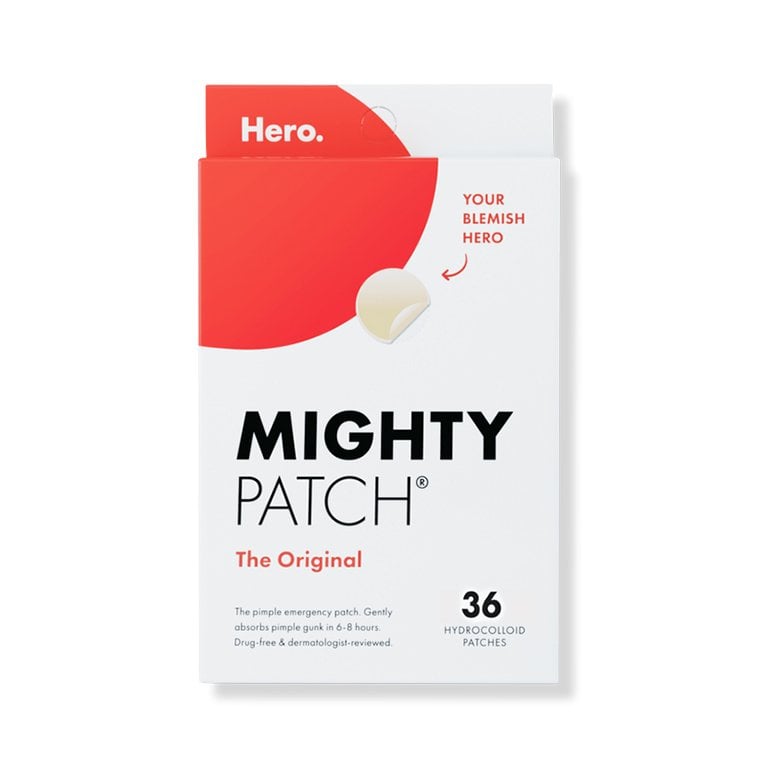
5. Pause on Applying Makeup
While it may be tempting to cover up the offending area with concealer and foundation right away, it’s best to keep the area clean and hydrated. If you can, wait to put on your makeup. Once your skin has recovered and the area is no longer raw, you can help camouflage its appearance by reaching for a high-coverage concealer, like the Dermablend Cover Care Full Coverage Concealer.
How to Treat a Pimple — Without Popping It
Instead of popping it, here’s your game plan for how to treat your next pimple.
1. Cleanse Your Skin
Wash your face with a cleanser — you don’t necessarily need to use one with anti-acne ingredients, especially if you plan to use a spot treatment after. The CeraVe Hydrating Facial Cleanser is a great option for both fresh and popped pimples because of its gentle yet effective formula.
2. Apply a Spot Treatment
Now is the time that you can try to dry out the pimple and unclog your pores with a spot treatment. “You can try over-the-counter options with benzoyl peroxide, sulfur alpha or beta-hydroxy-acids,” Dr. Robert Finney, a board-certified cosmetic dermatologist at Entière Dermatology in New York City, previously told Skincare.com. The Vichy Normaderm S.O.S Acne Rescue Spot Corrector combines 10% sulfur with glycolic acid and niacinamide to dry up blemishes and prevent new ones from forming. You can apply it daily to freshly cleansed skin before applying a non-comedogenic moisturizer.
3. Top With a Pimple Patch
Resist the temptation to pick and pop by covering the breakout with a pimple patch. Dr. Finney finds the ZitSticka particularly helpful for active breakouts. “They have salicylic acid to help coax the pimple to the surface and the hydrocolloid dressing absorbs the contents of the pimple,” he told Skincare.com.




.jpg?cx=0.490000009536743&cy=0.540000021457672&cw=150&ch=120&blr=False&hash=0B0F55675A6B9FE3724F6E2EC9118A01)









.jpg?cx=0.490000009536743&cy=0.540000021457672&cw=150&ch=120&blr=False&hash=5E78490B76BBC8CC9D76D2EBDFF515E0)










